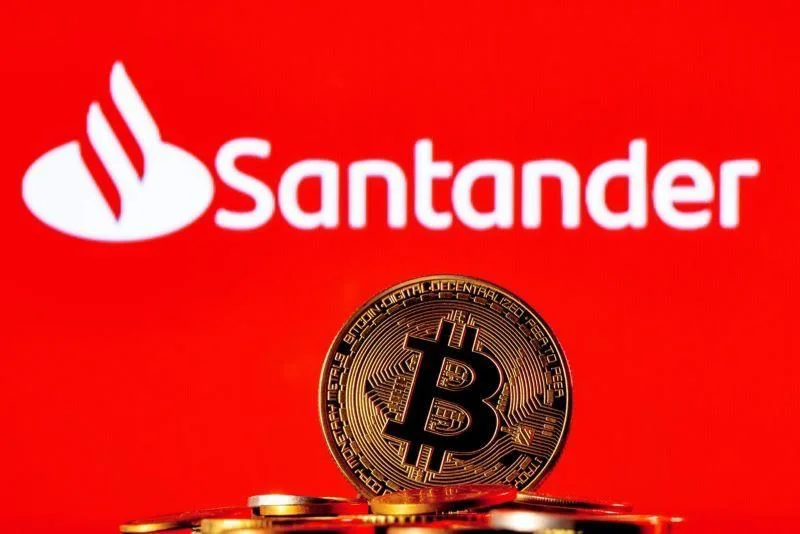Santander Private Banking International, a division of the global bank Banco Santander, has announced a new service that allows its high-net-worth clients in Switzerland to trade and invest in major cryptocurrencies, such as Bitcoin and Ethereum.

The service, which is available upon client request, positions Santander as a pioneer in integrating digital assets into traditional banking services. The article explores the details of the service, its implications, and Santander’s plans in the crypto space.
The new service, which was unveiled on November 18, 2023, enables Santander’s elite clients, particularly those with Swiss accounts, to access the crypto market through a secure and regulated custody model.
The bank takes responsibility for storing the clients’ private cryptographic keys in a safe environment, ensuring the protection of their digital assets.
The service also provides clients with a familiar and trusted platform to handle their crypto investments, enhancing their confidence and comfort in dealing with this emerging asset class.
The decision to venture into the crypto space is not just a fleeting moment of innovation but marks the beginning of a broader expansion plan.
Following a rigorous screening process, Santander intends to introduce more cryptocurrencies in the coming months. This strategic move is especially significant, considering the usual cautious approach of major banks towards cryptocurrencies.
Historically, large banking institutions have preferred tokenization and generally avoided direct involvement with open-access blockchains and their corresponding digital currencies.
With a storied legacy spanning over 160 years and a vast clientele of 166 million customers, Banco Santander is setting a new precedent in the banking industry.
The private banking arm, serving approximately 210,000 affluent clients and managing assets and deposits of about is now offering a cutting-edge service that bridges the gap between traditional and digital finance.
John Whelan, head of crypto and digital assets at Santander, emphasizes the forward-thinking regulatory framework of Switzerland regarding digital assets.
He notes that this clarity and comprehensive environment are crucial for clients who are increasingly viewing crypto as an alternative asset class.
Whelan’s outlook reflects the bank’s anticipation of an expanding role for crypto in traditional finance and its commitment to meeting the evolving needs of its clients.
As Banco Santander traverses this uncharted territory, it establishes a pathway towards a financial future that is more inclusive and innovative, wherein digital currencies transition from being anomalies to becoming indispensable components of the financial domain.
